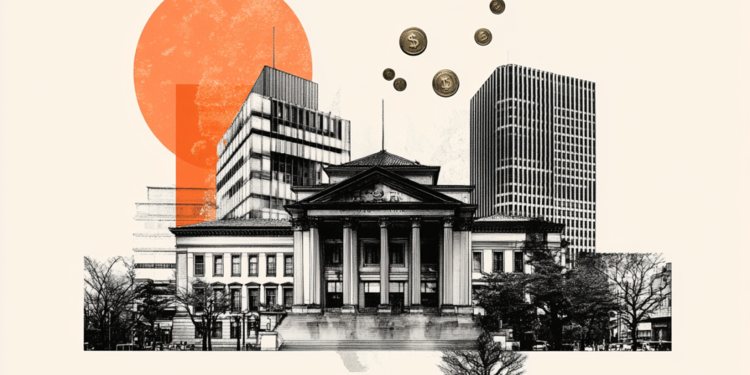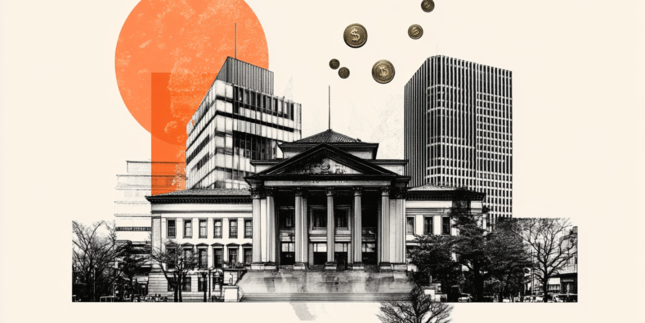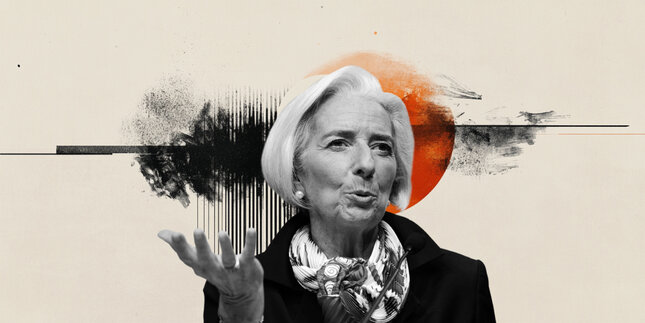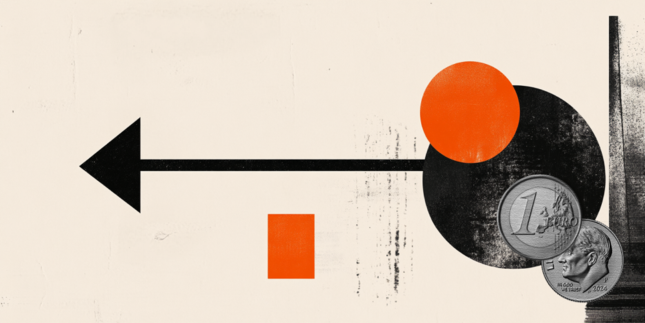BoJ's Ueda: Price trend is rising towards 2% inflation target
Bank of Japan (BoJ) Governor Kazuo Ueda speaks at the post-policy meeting press conference on Friday, explaining the reasons behind the decision to raise the interest rate to 0.50%.
Additional quotes
Japan's economy is recovering moderately, although some weak moves are seen.
Likelihood for realizing outlook is rising.
Global financial, capital markets have been stable on the whole.
Virtuous cycle to strengthen gradually.
Price trend is rising towards 2% inflation target.
Uncertainties surrounding Japan's economy, prices remain high.
Must pay due attention to financial, FX markets, impact on Japan's economy, prices.
FX impact on prices has become larger than in past, as firms are more eager to wage, price hikes.
Will keep adjusting degree of easing if our economic, price outlook is to be realized.
Will guide policy from standpoint of sustainably, stably achieving price target.
Board judged that spring wage talks will result in strong hikes again this year.
Growing number of firms expressed intentions to continue raising wages steadily in this spring's wage talks.
The US economy is in solid shape.
Easy monetary conditions will keep supporting economy as real rates remain significantly negative.
Timing and scope of raising rates further depend on economy, financial and price conditions.
No preset idea in mind on future adjustments.
Not seeing that severe behind the curve situation right now.
At this point US tariff policies are uncertain, cannot comment on impact.
Will provide view once details become clear.
Necessary to raise rates in accordance with economic temperature.
Appropriate response will be to gradually ascertain how underlying inflation rise in the future.
Need to think about impact of rate hike in context of rising inflation, wages.
On CPI 2025 forecast, says upward revision mostly towards middle of calendar year.
After that, we expect CPI rise to settle after mid-2025.
Will carefully monitor impact on markets, economy, policy etc from rate hike.
No new information regarding where neutral interest rates should be.
There are growing number of companies factoring in plans to raise wages in view of medium-term projection.
Still a long way to reaching neutral rates.
No change to our view on neutral rate, which is it has wide range.
We have come closer to neutral rate compared to when policy rate was 0.25%.
Even when policy rate rises to 0.5%, still a long way to neutral rate.
Upward revision to FY2024, 2025 core CPI forecasts mostly due to cost-push factor.
We view economy, prices as being "on track" with our forecasts since higher wages are being reflfected on prices.
Will watch out forTrump's tariffs, their impact on global economy.
Until now, Trump administration's moves are within our expectations, no big market rout seen.
Will carefully analyse situation when specific US policies become known.Will carefully analyse situation when specific US policies become known.
Market reaction
USD/JPY has come under renewed sellling pressure following these comments. The pair was last seen trading 0.63% lower on the day at 155.05.
Bank of Japan FAQs
The Bank of Japan (BoJ) is the Japanese central bank, which sets monetary policy in the country. Its mandate is to issue banknotes and carry out currency and monetary control to ensure price stability, which means an inflation target of around 2%.
The Bank of Japan embarked in an ultra-loose monetary policy in 2013 in order to stimulate the economy and fuel inflation amid a low-inflationary environment. The bank’s policy is based on Quantitative and Qualitative Easing (QQE), or printing notes to buy assets such as government or corporate bonds to provide liquidity. In 2016, the bank doubled down on its strategy and further loosened policy by first introducing negative interest rates and then directly controlling the yield of its 10-year government bonds. In March 2024, the BoJ lifted interest rates, effectively retreating from the ultra-loose monetary policy stance.
The Bank’s massive stimulus caused the Yen to depreciate against its main currency peers. This process exacerbated in 2022 and 2023 due to an increasing policy divergence between the Bank of Japan and other main central banks, which opted to increase interest rates sharply to fight decades-high levels of inflation. The BoJ’s policy led to a widening differential with other currencies, dragging down the value of the Yen. This trend partly reversed in 2024, when the BoJ decided to abandon its ultra-loose policy stance.
A weaker Yen and the spike in global energy prices led to an increase in Japanese inflation, which exceeded the BoJ’s 2% target. The prospect of rising salaries in the country – a key element fuelling inflation – also contributed to the move.
Forex News
Keep up with the financial markets, know what's happening and what is affecting the markets with our latest market updates. Analyze market movers, trends and build your trading strategies accordingly.




















